
This
article is an accurate depiction of what happened, recounting the
publication of Owen Chase and Thomas Nickerson, and superbly researched. Rather oddly,
Herman
Melville left out the part about sailors eating each other to survive in
Moby Dick, where he had mentioned cannibalism
with some commercial success in Typee - of course the South Sea Islands
chapter makes no mention of Americans resorting to human flesh for
survival.
With
falling fish catches and rising toxicity of seafood from plastic waste,
coupled with reducing land for agriculture to grow crops and rear
livestock, from desertification, we might as well get used to the idea.
Hannibal Lecter was years ahead of his time. Before that we can expect whaling
to resume, with extinction looming ever closer.
DAILY
MAIL OCTOBER 2013 - TWO NEW
WHALE FILMS REVEAL CANNIBAL SHIPWRECK HORROR
Cannibal horror of the sailors shipwrecked by the real Moby Dick: Two new films reveal the TRUE story - and how the victims drew lots to decide who to eat first
As the whaleship Dauphin cleaved through the clear waters of the Pacific
Ocean, the men on deck noticed a battered boat with a ragged sail, bobbing towards them.
At first it appeared there was no one on board, but then, as they drew near and peered down, the crew were shocked to see lying in the bottom of it, a pile of bones.
Among the bones they realised that two of the ‘skeletons’ were alive, if only just: a boy and a man, covered in ulcers and too emaciated and weak to move. With what strength they had they sucked on the bones, clutching at them possessively, as if ‘loath to part with them’.
The pair were Captain George Pollard, of the whaling ship
Essex, and Charles Ramsdell, a young sailor. After they were hauled aboard the Dauphin, and given food and
water, they related a story so horrifying even the hardened sailors shivered.
Their ship had sunk on November 20, 1820 - and they had spent the past three months in the flimsy 25ft-long whaleboat, their food and water supplies gradually dwindling, their shipmates dying one by one, until, maddened by hunger and facing death, they turned to the last resort of shipwrecked men:
cannibalism. The bones they had been found sucking on were those of their dead shipmates.
Their account of how they came to be shipwrecked after their ship was rammed and overturned by an enormous sperm whale inspired the novel Moby Dick, written by
Herman Melville 30 years after the event.
But Melville’s classic story ends with the whale destroying the ship and all its crew, except Ishmael, the sole survivor. In reality, the sinking was only the beginning of an ordeal so nightmarish that many would wish they had gone down with the ship.
Now two new films - one an American production based on the best selling book
In The Heart Of The
Sea, by Nathaniel Philbrick, and starring British actor Ben Whishaw
(Q in James Bond], and another by the BBC which will be shown next year - are to tell the true story of what happened after the shipwreck.
If they are faithful to the facts, audiences will need strong stomachs. For the events that followed the sinking of Essex were so abhorrent that people in her home port of Nantucket, New England, would not speak of them for decades afterwards.
When the Essex departed Nantucket Island on August 12, 1819, her sails were filled with wind and her crew with optimism. Whaling voyages often took two years, but they hoped to return laden with barrels of precious
sperm whale oil for which each member of the crew would get a share of the profits.
Whales were lucrative - their oil was used for lamps, candles and for oiling machinery - and sperm whale oil, which is odourless when burned, was particularly prized.
The crew were mostly young. The captain, George Pollard, was 28, and it was his first voyage in command. The second mate, Owen Chase, was 22 but already an experienced sailor.
For Thomas Nickerson, 14, Barzillai Roy, 17, Charles Ramsdell, 15, and Owen Coffin, 17, a cousin of Captain Pollard, it was their maiden voyage.
The rest of the crew were a mix of Nantucketers, recruits from the US mainland and an Englishman, Thomas Chappel from Plymouth. The oldest of the crew, the 60-year-old Richard Peterson, was one of seven black sailors among the 21-man crew.
The Essex was known to be a lucky ship because her previous whaling voyages had been successful, but she was tired and old. Only two days out of port she hit a violent squall and almost turned over, losing two small
whaling boats. But rather than return to port for repairs, Captain Pollard pressed on.
Over the next few months, the vessel navigated the dangerous Cape Horn and headed up the coast of Chile and Peru, where the crew were soon killing whales at a rate of one every five days.
The inexperienced deck hands were by now becoming used to the gruesome sight of these majestic beasts being
harpooned and hacked to death with lances.
They sailed west to the Galapagos Islands, where they patched up their weary, leaking ship and stocked up with 300 live tortoises as extra rations. By now they had killed enough whales to produce 700 barrels of oil, about half the load they wanted for a profitable voyage.
On the morning of November 20 - 1,500 nautical miles west of the Galapagos Islands, in the most remote part of the
Pacific - Essex’s lookout gave the shout: ‘There she blows!’
A pod of sperm whales had been sighted.
The men took to the whaleboats and were soon among the pod, harpooning and spearing. One wounded, thrashing whale damaged
Owen Chase’s boat, forcing him to return to the main ship.
While they were on board mending the boat, Chase noticed an enormous bull
sperm
whale. At 85ft it was larger than any they had seen before.
Its massive blunt head was riven with scars, and it seemed to be watching them. Without warning, it bore down on them and struck its huge head against the Essex, punching a gaping hole in the hull.
For a few moments the men were too stunned to react: whales had never been known to deliberately attack ships. Then they began frantically pumping water from their now listing vessel.
Chase saw the whale, now several hundred yards off, ‘smite his jaws together, as if distracted with rage and fury’.
Abruptly it turned and made for them again, at a speed of six knots, with what seemed to Chase ‘tenfold fury and vengeance’.
There was a shattering jolt as it rammed the ship once more, destroying the bows and pushing the ship down with its tail. Then it was gone.
Chase was sure that the whale had attacked them in revenge for their hunting of his companions. He gave the order to abandon ship.
When Captain Pollard returned from the whale hunt in one of the smaller boats, he was horrified to find his ship sinking. He ordered the men to salvage navigational equipment, food and fresh water.
The provisions were divided between the three whaleboats, commanded by Pollard, Chase and second mate Matthew Joy, who each guarded the food supplies with a musket.
As they watched their ship slip beneath the surface, the men knew that their situation was dire. Their boats were flimsy, their food and
water supplies limited, and they were 2,000 miles from the Society Islands — the nearest land mass.
However Chase and Joy were worried that the islands were inhabited by cannibals and convinced Pollard to make instead for Chile, at least 60 days’ sail away. It was a fatal decision.
Within weeks the water was almost finished. Their bread, soaked with seawater, only exacerbated their lacerating thirst. Their boats were attacked by a killer whale and circled by
sharks. The hunters had become prey.
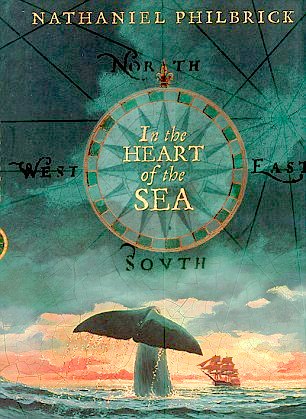
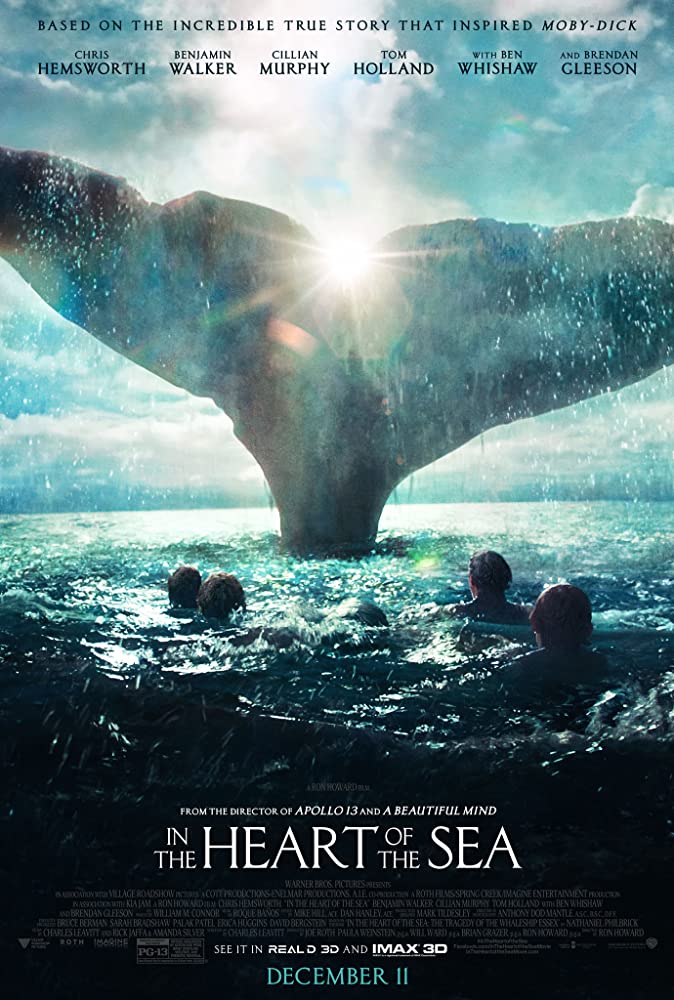
On December 9, tormented by thirst and hunger and feeling they could go on no more, the crew spotted an island. It was uninhabited but they found a small amount of fresh water.
After a week, having eaten all the island’s birds, they decided to head for Easter Island, unaware that the inhabited
Pitcairn Islands were just a few days’ sail in the other direction.
Three men, including the Englishman Thomas Chappel, elected to remain on the island. The rest took to their patched-up boats, with fresh supplies of water and fish.
Their situation deteriorated rapidly. They were blown wildly off-course and their only hope lay in reaching Chile, still more than 2,500 miles away.
The first to die was Matthew Joy, already ill from tuberculosis. His body was thrown overboard.
By January 20 they had been at sea for two months. Food was running out - they were too weak to catch fish or even steer their vessels.
In Chase’s boat, which had become separated from the other two, the elderly Richard Peterson died and was given a sea burial.
When the next man succumbed, going raving mad and dying ‘in the most horrid and frightful convulsions’, Chase broached the painful subject of keeping the body for food. The remaining two men -
Thomas Nickerson and Ben Lawrence - agreed they had no choice.
They worked quickly, separating limbs from body and flesh from bone. They cut out the heart and ‘eagerly devoured it, then cut the remaining flesh into strips before casting the rest of the body into the sea’. The men in the other two boats had also resorted to cannibalism.
Four black sailors died, one after the other, and were eaten by their shipmates. The two boats became separated shortly afterwards, leaving Pollard in a boat with the three teenagers, Charles Ramsdell, Barzillai Ray and Owen Coffin, all close friends.
Running out of food again and with no prospect of making land before they starved to death, it was Charles Ramsdell who suggested that they draw lots as to which man should give his life - and body - to save his fellows.
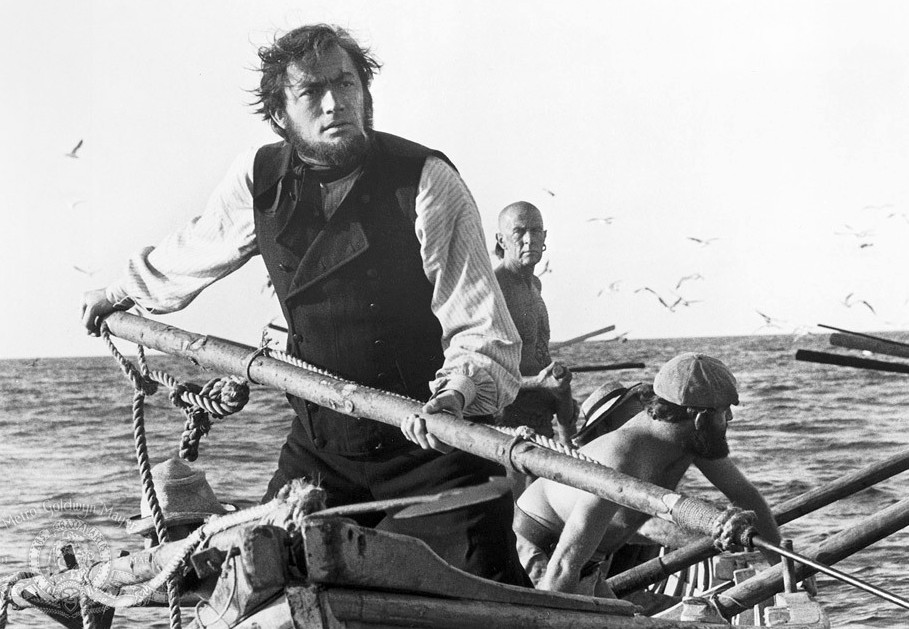
Gregory
Peck gave an outstanding performance as Captain
Ahab, in the 1956
movie: Moby Dick. He'll take a lot of beating. If they were to combine
the special effects of In the Heart of the Sea, with someone as powerful
as Gregory Peck to play a new Captain Ahab, we'd be in for a treat.
There had been a lot of in between movies of Titanic
and King
Kong, before they finally made the fantastic CGI versions that have
us almost believing the Leonardo
and Kate
were on the fated ship, or that Naomi
Watts had a thing for the big ape.
At first Pollard would not countenance such an act, but the junior members of the crew agreed that there was no other choice. The captain reluctantly agreed.
But when Coffin’s name was drawn from the hat, Pollard simply refused to accept it. ‘My lad, my lad,’ he cried, ‘If you don’t like your lot, I’ll shoot the first man that touches you.’ Then he offered to take his place.
Coffin resigned himself: ‘I like it as well as any other.’ Ramsdell drew the lot to be executioner - but he could not bring himself to do it.
The boy, however, bravely lay down, spoke a farewell message to his mother asking her to forgive his crew members, and Ramsdell, in an agony of reluctance, shot him. ‘He was soon despatched.’
Pollard recalled, and ‘nothing of him left’. When Ray died he too was butchered and devoured.
When Pollard and Ramsdell were picked up by the Dauphin, their skin hanging in tatters off their skeletal frames, they had been in their tiny boat for 93 days.
The surviving men in the second boat, Chase, Lawrence, and Nickerson, had been rescued by an English ship, the Indian, five days earlier. The crew were infested with boils, their limbs distended with fluid retention, their tongues too swollen for speech. The three men who had been left on the island were found alive - just - nearly two months later.
The third boat was discovered some months later on a nearby island, with four skeletons for crew.
When the survivors finally arrived back on Nantucket, Pollard had to deliver Owen Coffin’s last message to his mother, Nancy. She would never forgive him for eating her son to save himself.
But most people accepted that the surviving men had acted within the unwritten law of the sea. They were not the first or last shipwrecked mariners to turn to cannibalism - or to draw lots to die.
Astonishingly, within months, most of the men were back at sea. Pollard took command of another whaleship, but with a stroke of terrible luck it struck rocks near Hawaii and sunk. Although all were rescued the next day, it was the end of his seafaring career and he became a lowly nightwatchman.
He could never bear to speak of the Essex, but every year on the anniversary of the sinking he would lock himself in his room and fast in memory of the men who died.
Owen Chase, whose published account of the disaster inspired Moby
Dick, was also haunted by the events on board the whaleboats and in old age went mad.
Thirty years after the Essex sank, a huge old bull sperm whale, its scarred head bristling with harpoons and lances, attacked and sank another whaleship. It was killed by another whaler a few months later.
Was it the same great whale that had sunk the Essex? Was it acting to defend or avenge its companions, as Owen Chase believed?
Whatever the truth, the fate of almost the entire Essex crew was as gruesome and horrific as that of the
whales they had set out to butcher.
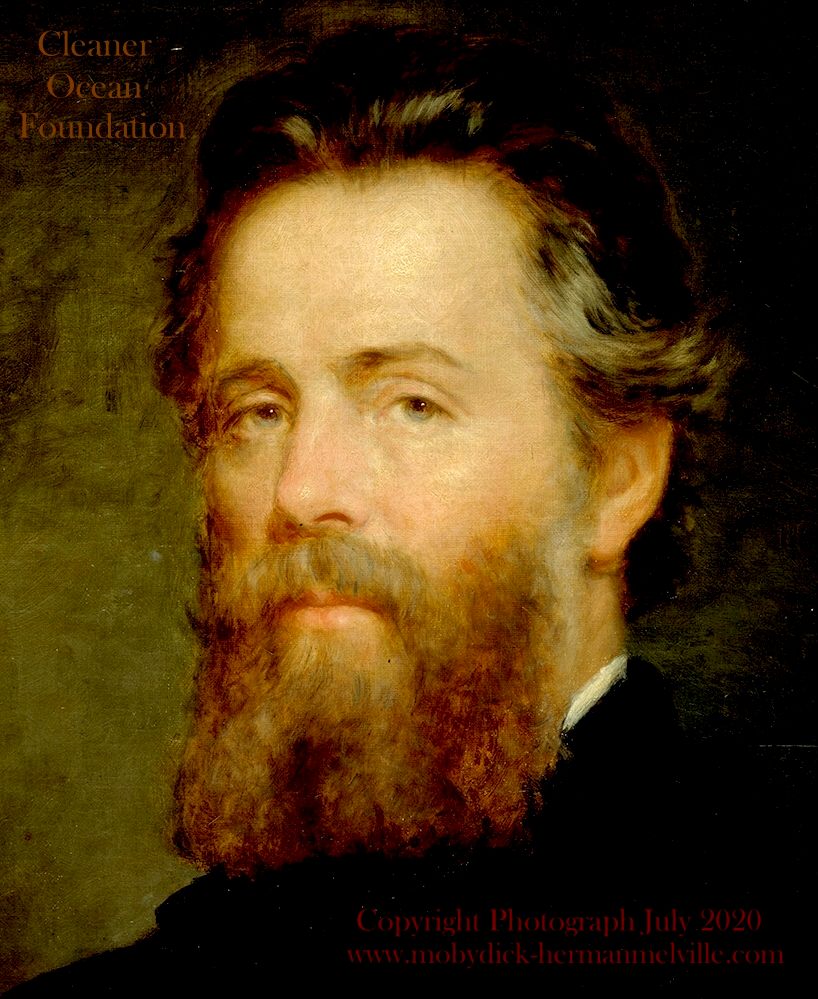
Herman
Melville was the author of a novel abut what we'd now consider an illegal
activity;
the commercial hunting of whales for oil and meat. In capturing the
whaling industry at its peak, showcasing the rebellious white whale, in
our view he was lobbying for the whales, the innocent victims in his
story. Following his death in New York City in 1891, some thirty years
later, he posthumously came to be regarded as one of the great American writers.
CONTACTS
Annabel
Venning
Daily Mail
MOBY
DICK
Herman
Melville's Moby
Dick, is the story of a great white sperm whale that fought back at
whalers who tried to harpoon him. The idea came to Herman Melville after
he spent time on a commercial whaler, where stories abounded of the
sinking of the Essex in 1821 and Mocha
Dick, a giant sperm whale that sank around 20 ships, before being
harpooned in 1838.
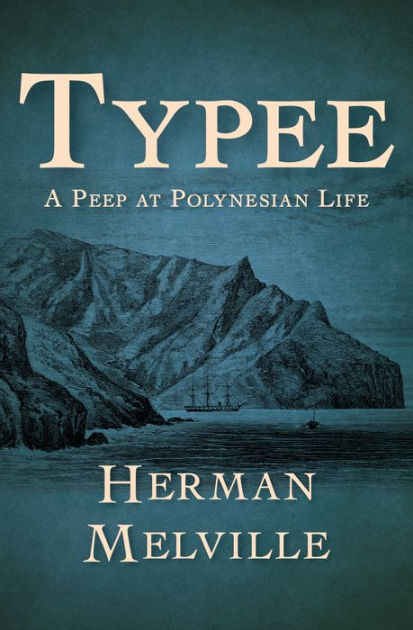
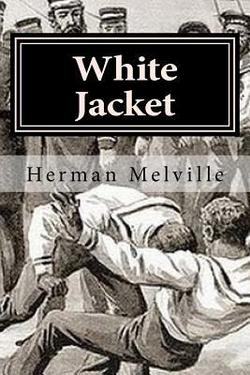
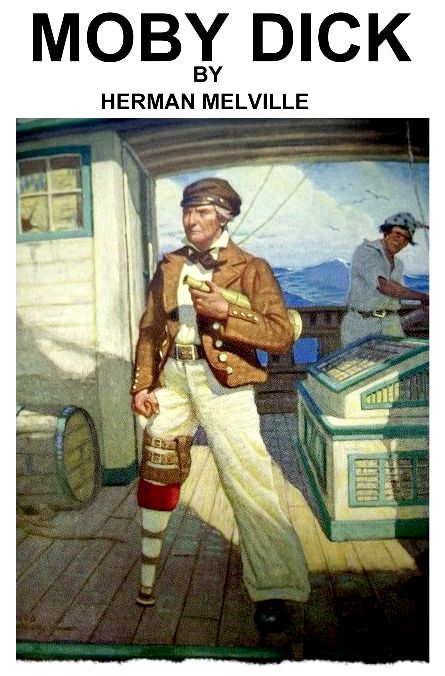
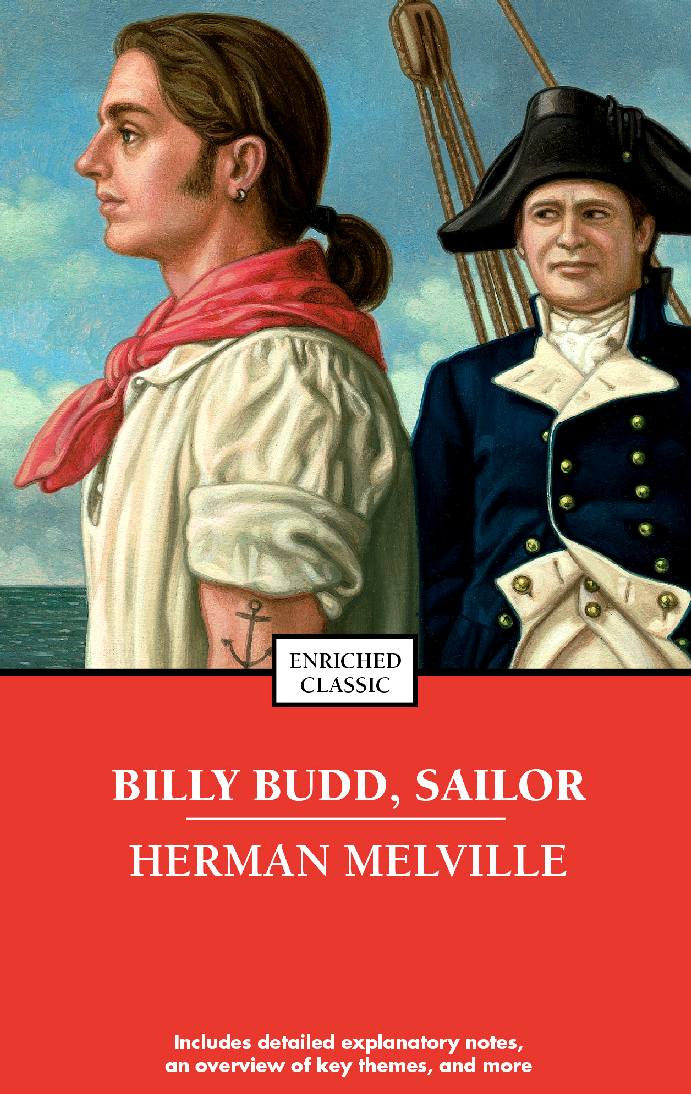
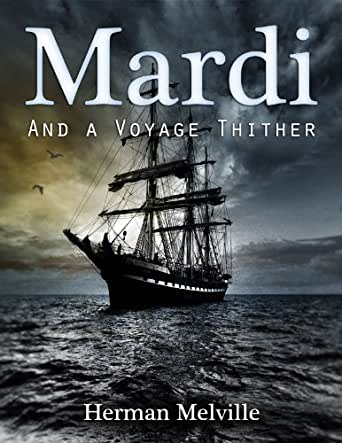
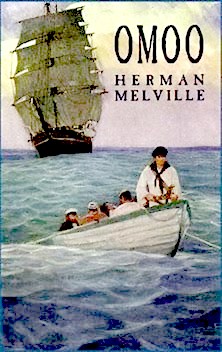
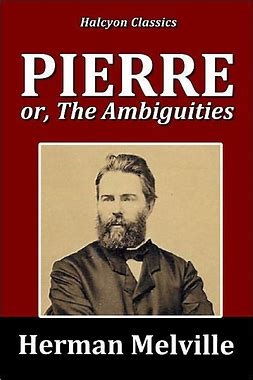
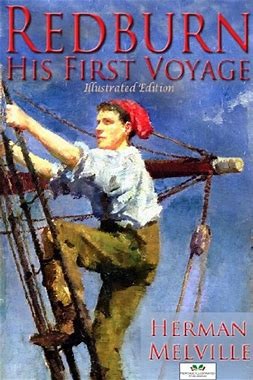
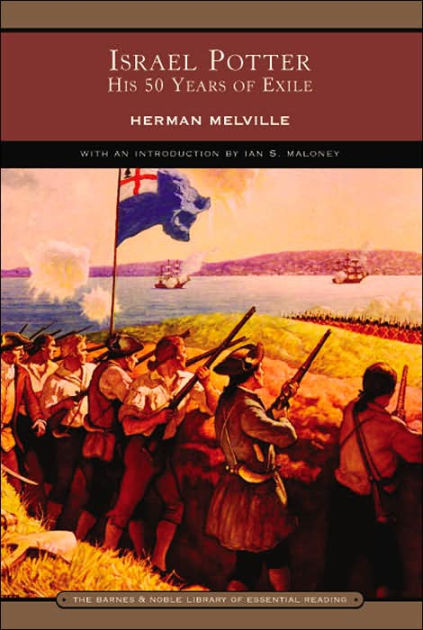
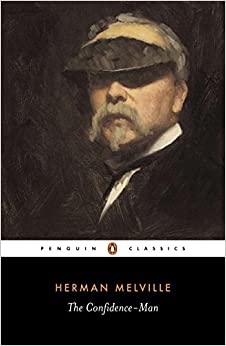
Herman Melville was born
in New York City on the 1st of August 1819. He died on the 28th of September 1891. He was an American novelist, short story writer and poet of the American Renaissance period. Among his best-known works are
Moby-Dick (1851), Typee (1846), a romanticized account of his experiences in Polynesia, and Billy Budd, Sailor, a posthumously published novella.
The centennial of his birth in 1919 was the starting point of a Melville revival,
when Moby-Dick began to be considered one of the great American novels.
LINKS
& REFERENCE
https://www.dailymail.co.uk/news/article-1195810/Very-British-cannibals-How-epic-Navy-voyage-Arctic-came-truly-sinister-end.html
https://www.dailymail.co.uk/news/article-1195810/Very-British-cannibals-How-epic-Navy-voyage-Arctic-came-truly-sinister-end.html
https://www.dailymail.co.uk/news/article-2470795/Cannibal-horror-sailors-shipwrecked-real-Moby-Dick-Two-new-films-reveal-TRUE-story--victims-drew-lots-decide-eat-first.html
Please use our
A-Z INDEX to
navigate this site














